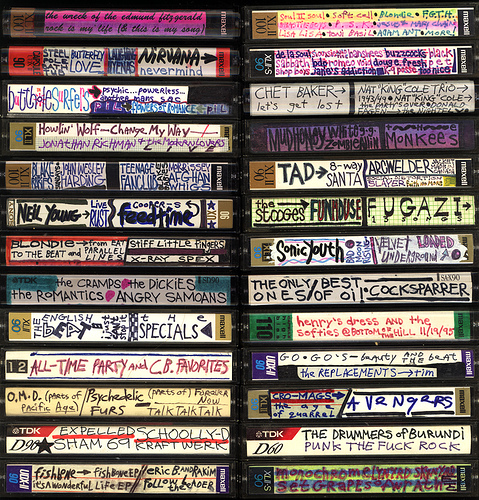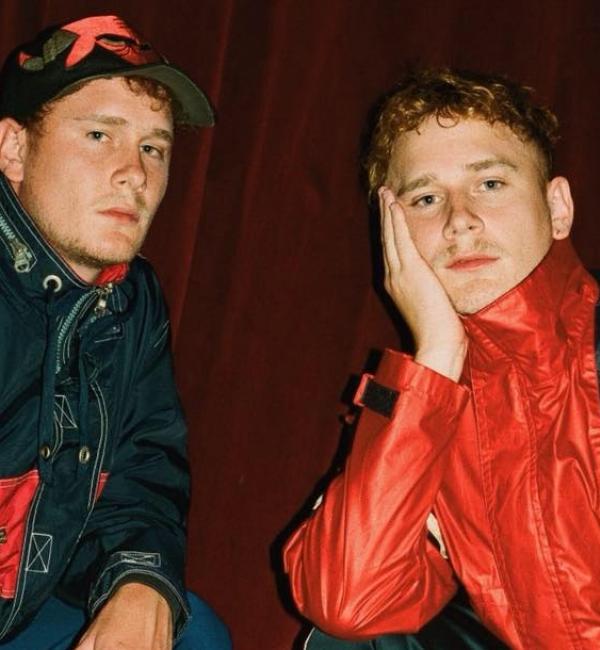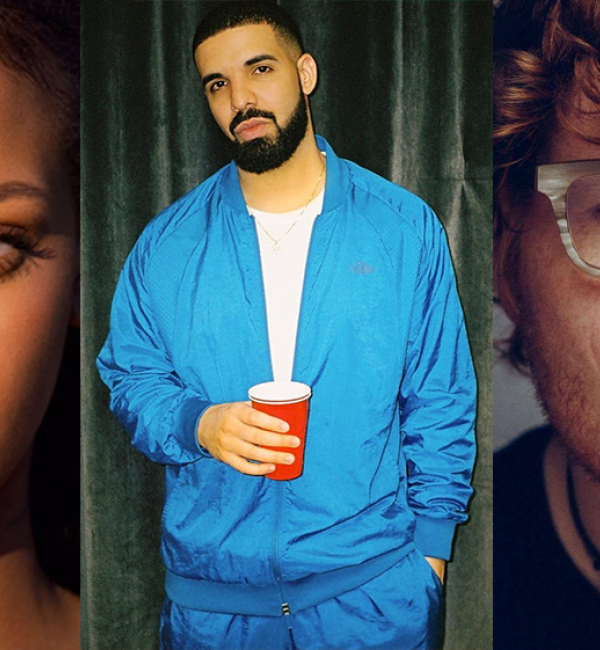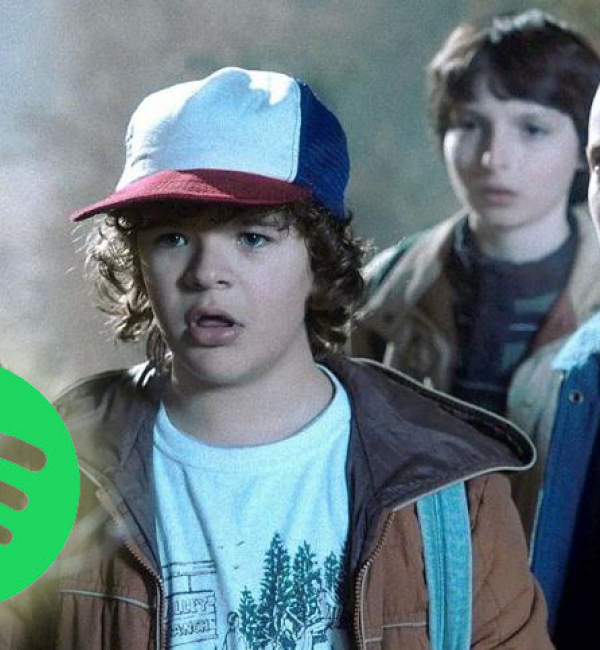
“What was the first record you ever bought?” This used to be a common question amongst me and my friends, but if you are of today’s generation the question is more likely to be “what’s your favourite track of all time?”
As youngsters we used to talk about how many CDs we had … over the last ten years or so this has changed to boasting about how many tracks you have and how full your iPod is. The thing that we all had in common was discussing ownership and the concept of collecting. We were just moving into the digital ages for the music industry.
Those who weren’t ready to move into the digital world reminisce about the importance of touching and feeling their records; the artwork and the complete package that came with every band’s recording. Essentially this beauty was killed when we moved from vinyl to CDs, and somewhere along that journey the booklet and packaging downgraded to a bit of plastic that chipped and typically a 4 page booklet.
Whilst physical products changed at the same time illegitimate downloading became rife. People became consumed with filling their hard drives with ‘all they could ever have’, even though we only have so many minutes available to us each day and there was no way we could listen to everything.
Around the year 2000 the record industry got out their whip and took on the mission of closing down peer to peer services. Napster closed in 2001. At this point in history the focus was on the demise of peer to peer rather than embracing and legitimising amazing technology. So whilst Napster were being taken to court for millions of dollars, new start-ups took on the mighty challenge of licensing.
As the iPod generation crossed from early adopters to your next door neighbour, Apple did the greatest thing for legitimising digital music and their business. In 2003 iTunes launched their Music Store in US and a year later UK and Europe (2004) and Australia (2005) followed.
Now when a conversation happens about downloading music in Australia iTunes is the reference point. Apple, to date, have a monopoly on digital music (and film and TV for that matter) and the key reason they have this monopoly is that it works and works damn well. Whilst iTunes were laying the foundations for legitimate music services, and the adoption of mp3 players with white headphones took place globally, other entrepreneurs were trying to create a service that would scale and succeed.
Rhapsody in the US, MusicStation, 7 Digital and in the UK, Virgin Mega in France … There was at least one new start-up a month internationally. Most importantly there was the new 'legitimate’ Napster service which launched in the US and UK in 2005. The interesting thing about Napster was that it was not only 'A La Carte’ …. The music industry’s term for individual downloads. It was also subscription service’ Called Napster To Go, will charge users $15 in the U.S. and $29 in the U.K. per month, letting them download an unlimited number of songs onto compatible MP3 players as well as their PCs’ PCWORLD Feb 2005
As the Napster spokesperson at the time said “It is a new business model for the consumption of music,” says Adam Howorth, Napster’s spokesperson in the U.K. “It is similar to how people rent air time to use their mobile phones or pay monthly fees to watch cable or satellite television. But it’s a matter of getting people used to the concept.”
The Napster to Go model was one of the first ‘Subscription services’ globally. Pay an amount per month and you can ‘download as much as you want’. I was lucky enough to work in digital in the music industry and embraced it from day one, and from that day forward I have never ever thought about buying an individual track or album to 'own’ I could always access everything that I wanted.
And this subscription business model is now speeding towards Australia. Over the months to come we will encounter the launch of many subscription services. I’m sure it won’t be long until services such as Spotify, Naspter, MOG, rd.io, Deezer who are established services in other territories, and maybe some local start-ups too, will be on our menus for how we wish to discover, listen, experience and legitimately share music. Subscription services, I’ve missed you.
Whilst I was in the UK at the launch of Spotify the ongoing debate and media crushing stories was that Spotify didn’t make any money for artists, with incorrectly portrayed headlines that Lady Gaga only made $167 from 1 million plays, which only fueled the fear of the industry to embrace.
So let’s look at some assumptions to see if this is a business model that can work for both consumers and artists and labels. The answer is that it is all about scale.
The value of Album Sales in Australia in 2010 was $252 million. Let’s say that the average price of a CD is $15 and that the average number CDs that the ‘music buying’ population buys is three. This makes our ‘music buying population’ 5.6 million 25% of Australians.
Now, in the world of subscription - let’s assume for the sake of easy maths that it’s $15 per month and you get access to 15 million plus tracks. That’s $180 per year for 15 million versus $45 per year for 3 albums (45 tracks). For $135 extra you can dip in and choose what you want to listen to and how much - if you want to listen just once you can and this doesn’t ‘cost’ you anything.
Let’s say only 25% of our music buying population likes the thought of this - 1.4 million people. This is then a gross revenue of again $252 million but the revenue split is not across the 3 albums that each of these people bought, but the hundreds of tracks that they listened to. Revenues will be spread across many artists rather than being concentrated by the top 20 (Last week the Top 10 contributed to 60% of album sales). This opens up opportunities and is a good thing, isn’t it?
Then let’s look at when such a subscription is bundled in with your mobile phone bill, or your internet bill, or your cable TV. All these monthly ‘bills’ that we are very comfortable paying because we love the content we can get access to. Or maybe we won’t wait at all and we will all jump in and suddenly through scale our ‘music buying’ population of 5.4m are all paying $15 per month and we have now quadrupled the value music industry in Australia.
And as a side note to those of you who still have a Vinyl or CD collection where this probably makes you think, 'but it’s not mine’, and come up with statements about 'what if their business closes down’? Well honestly, you are not ready to adopt such a service (yet, or maybe ever) and in the meantime the record industry has started again to make beautiful products that you can hold, touch, and collect! For those of you who download from iTunes or another digital service and say 'I want to know that I always have MY music’ then maybe this isn’t for you either but maybe you’ll subscribe to the light service so you can try before you buy? And for those of you who use illegitimate services to get your music, maybe you’ll decide now is the time to pay something as you can get everything and hold your head up high.
-Beth Appleton





